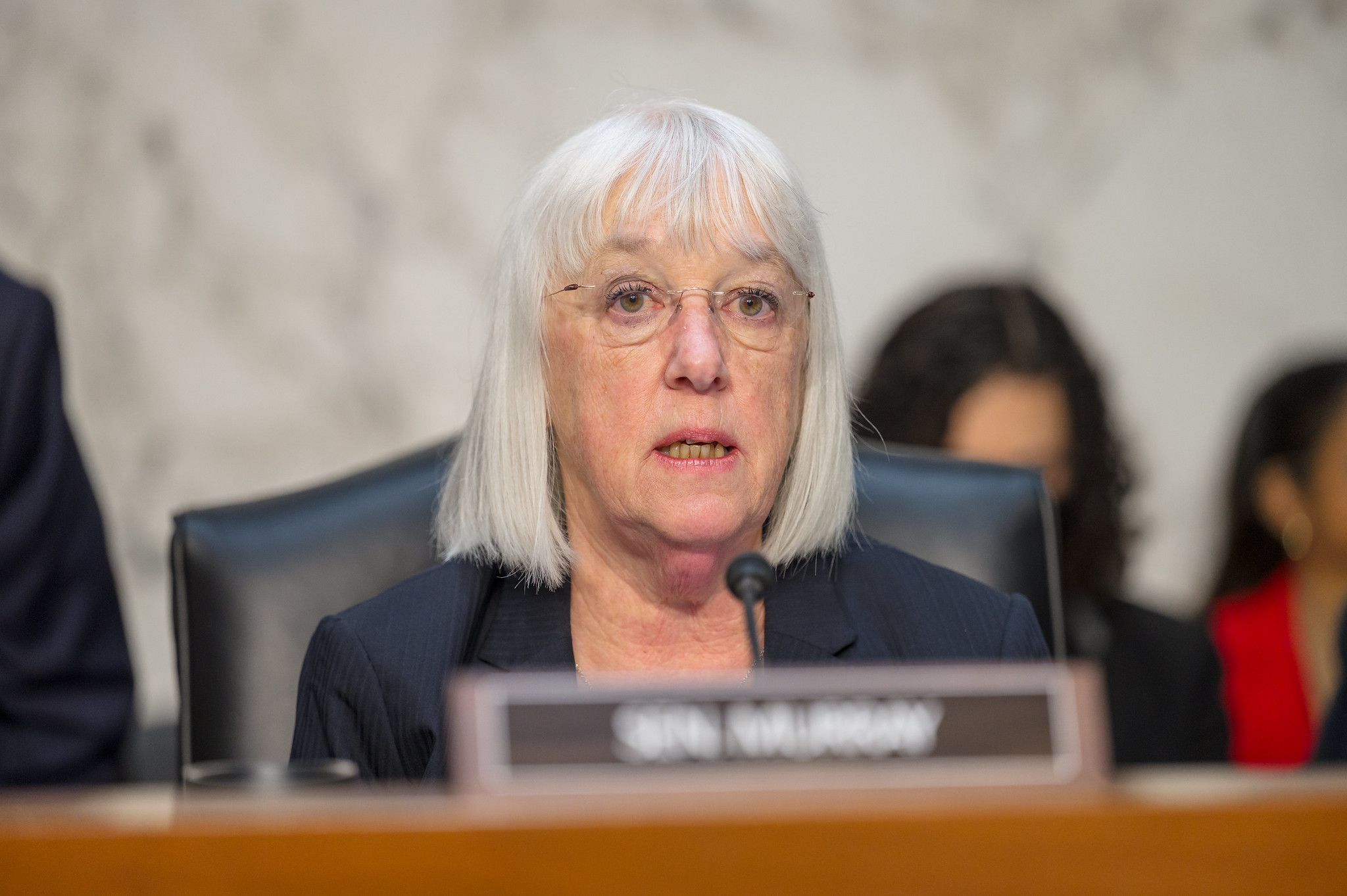Murray negotiated and passed the bipartisan Workforce Innovation and Opportunity Act in 2014 under divided government; Senator Murray: “There is no question we can do it again, and it is way past time to build on that progress so we can keep our economy strong, and put the American worker first.”
***VIDEO of Senator Murray’s Full Q&A HERE***
Washington, D.C. – Today, U.S. Senator Patty Murray (D-WA), a senior member and former Chair of the Senate Health, Education, Labor and Pensions (HELP) Committee, attended a HELP hearing titled “The Workforce Innovation and Opportunity Act (WIOA): Supporting Efforts to Meet the Needs of Youth, Workers, and Employers.” At the hearing, Murray spoke about the importance of reauthorizing WIOA—landmark legislation Murray authored and led passage of in 2014 to strengthen and improve our nation’s public workforce system and help get Americans, including youth and those with significant barriers to employment, into high-quality jobs and careers and help employers hire and retain skilled workers.
Senator Murray spoke at the hearing about how, when she was a teenager, her father—a WWII veteran and Purple Heart recipient—was diagnosed with multiple sclerosis and it was a workforce training program that helped her mom get a better-paying job and support their family of nine.
“In every corner of my state of Washington, I hear from businesses who need more skilled workers to grow and compete, workers who want to learn new skills and start new careers so they can set themselves—and their families—up for success. And investing in workforce training, it doesn’t just help us build a strong economy from some statistical level—it really changes lives and it helps working parents, like my mom. That is exactly why I am so passionate about doing a strong, bipartisan, reauthorization of our federal workforce programs,” Murray said.
“Ten years ago, I worked alongside my Republican colleague, the late Senator Isakson, to pass the Workforce Innovation and Opportunity Act. Back then, just like now, we had a divided Congress—with a Democratic Senate and a Republican House. We knew it wasn’t going to be easy. But we also knew it was going to be worth it,” Murray continued. “No one got everything they wanted at that time—but in the end, we all got a bill that we were very proud of, and a bill that was really helpful for workers, and businesses, and the economy. So, there is no question in my mind that we can do that again, and it is way past time to build on that progress so we can keep our economy strong, and put the American worker first.”
At the hearing, Murray questioned Taylor White, Director of the Partnership to Advance Youth Apprenticeship & Postsecondary Pathways for Youth (PAYA), about youth unemployment and training resources. According to the National Center for Educational Statistics just over one-in-ten young people are neither enrolled in school or working. “Currently, WIOA requires 75% of funding for youth be set aside for out-of-school youth to get connected to the critical employment and training resources and services they need—but we have more work to do. Can you speak to us about the importance of reaching out-of-school youth with WIOA funding?,” Murray asked.
“For out-of-school youth who have disconnected, the public workforce is seen as often their place of last resort. It’s really their last lifeline to reconnect to training, to education into the labor market,” said Ms. White.“Legislation must retain a requirement that a majority of funds be devoted to the most vulnerable young people… There are communities that would like to and have found ways to dedicate resources to keep students connected to school rather than reaching them after they withdraw. There are lots of interesting ideas out there around assigning priority for service frameworks that could help local workforce boards make decisions about how and when to intervene, and how and when to serve young people… That said, I do think it’s critical that we retain a very clear requirement on the percentage of funds that must go to that population.”
Next, Murray questioned David Bradley, Senior Director at Jobs for the Future, on strengthening quality guardrails for WIOA reauthorization. “What more can we do to strengthen the quality of the training provided, including through stronger requirements for eligible training providers and their programs?
“You are right that there is always work to be done on this issue…I think that there are other steps you can take to allow locals, for example, to have more say about providers in their area. Right now, the eligible provider list is set at the state level. Another thing that the House bill does that may improve quality is they have this contingent eligibility mechanism that would allow, maybe training providers that have a promising practice and it could be high-quality, but may not have been around for a long time, to… receive payment in a structured way as they meet performance outcomes,” Mr. Bradley said.
“Is there a way to track those outcomes so we know someone got quality training at a program?,” Murray asked.
Mr. Bradley responded that specifying a single state agency that has access to wage record data and is responsible for the backend work of tracking outcomes would be another improvement.
###


